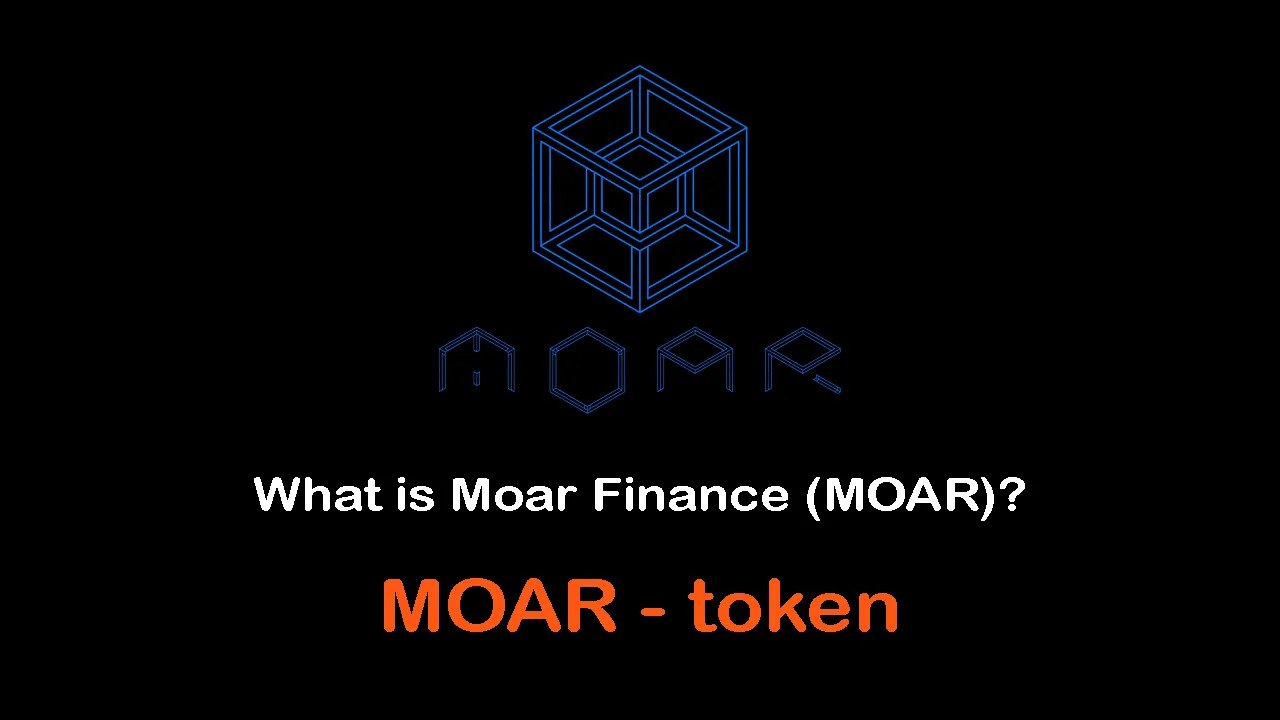
MOAR is a derivative-aware, cross-chain, and operationally safe lending protocol embedded with accessible financial tooling and derivatives primitives. MOAR is built on the latest version of Solidity, can handle ERC-721 (the token for NFTs and frequently used for derivatives), and fully supports UNION Finance’s C-OP instrument (a decentralized Put) for collateral optimization natively. Built on Ethereum, MOAR will emphasize a user-friendly front-end replete with features like one-click capital optimized borrowing and yield strategy access, a proprietary liquidation program, embedded derivative support, DEX integration, structured credit products, interest rate swaps, term deposits, and cross-chain connections to BSC and Polkadot.
What is included in Guarded Phase?
Phase 1 assets: WBTC, ETH, LINK, MOAR, UNN, USDC, and USDT. Click here for the Risk Parameters such as collateral and reserve factors. All Phase 1 assets can be used as collateral. Yes, you can actually post USDT and borrow against it. We are starting with a conservative 10% borrow factor to gauge market reaction and will leave to governance from the community to decide the future path of USDT as collateral. In Guarded Phase, UNN and MOAR can not be borrowed (though they can be borrowed against).
Boosted Borrows: MOAR’s revolutionary capital efficiency Booster, which allows users to borrow up to 100% against their collateral utilizing UNION’s C-OP products, is included for ETH. After Guarded phase, we will bring online WBTC Boosters.
Automated Liquidation: With no precedence in the market, it will take 3rd party liquidators some time to adapt their liquidation algorithms to check against Boosted Borrows. Therefore, MOAR is launching with its own Automated Liquidator and a manual liquidation tool.
Analytics: Our analytics page, charting deposits/borrows/rates will be enabled early next week.
When Rewards?
MOAR will incentivize all depositors and borrowers with vested MOAR. We have been monitoring many tokenomic models in the space, ranging from low rewards to the insane 10,000% APY model. Ultimately, we settled on the vesting model used by the likes of Curve, Ellipisis, and Adamant as the best balance of reward users and protecting the long-term value of supporters.
In summary:
- Deposits and Borrows will earn MOAR, on top of any deposit APRs, which vest over 3 months.
- Vesting MOAR will earn a portion of platform fees, which will be split pro-rata with locked MOAR.
- Vesting MOAR can be withdrawn early for a penalty. The penalty will be announced at a later date, but will be no less than 50%.
- Vested and / or “free” MOAR can be locked to earn a portion of platform fees and all early vesting withdrawal fees.
Integration Overview & Use Cases
MOAR is a DeFi lending platform that provides users with enhanced capital efficiency for their assets through the novel use of decentralized derivatives, such as options and interest rate swaps, without taking on leveraged risk. MOAR plugs into Chainlink’s decentralized oracle network to securely and reliably feed the necessary data needed to provide fair market value for deposited and borrowed assets, manage account solvency, and provide accurate purchase and exit points of our borrow Boosters.
Like any DeFi lending platform, accurate and flash-loan resistant values are key components of protecting platform solvency. Every deposited asset has a collateral value, defined by its borrow factor and its current price. Likewise, every borrowed asset has a borrowed value, defined by its current price. The balance of deposited and borrowed value underpins the utility and solvency of MOAR.
MOAR’s automated liquidation algorithm, which constantly combs through MOAR accounts for accounts in negative liquidity, is also reliant on Chainlink oracles for accurate pricing. When an account is in negative liquidity, MOAR’s liquidation algorithm quickly determines the risk impact (size of negative liquidity) and decides which assets to liquidate to maximize recovery, including liquidating Boosted Borrow positions.
Oracle data is critical to MOAR unlocking capital efficiency with our innovative Boosted Borrow, which relies on 3rd-party derivatives. By pairing an underlying deposited asset (such as WBTC or ETH) with its respective put option, which gives the purchaser the right to sell the asset at a price known as the “strike price”, MOAR is able to lock in an exit capital amount at the time the borrow is made. This certainty allows users to borrow against 100% of their deposited asset’s value for the duration of their Booster, as opposed to the 50–80% seen in other platforms.
MOAR’s boosted borrows lock capture as much collateral value as non-boosted borrow in upside market moves, and provide more capital protection than non-boosted borrow in downside market moves. Additional examples are provided here. Should an account fall into negative liquidity, MOAR is able to exercise the put option, receiving the difference between the strike price and market price, and simultaneously sell the paired underlying for the market price. As MOAR utilizes other DeFi protocols for options, pricing parity is critical both at the point of borrow (when supported put options are “locked” in) and when determining liquidation trigger (when supported put options could potentially be exercised). For example, if MOAR used a different oracle that showed ETH/USD at $2000, but Chainlink (which feeds UNION’s C-OP) had ETH/USD at $2200, and MOAR tried to exercise a $2100 strike Booster, the exercise would not succeed.
Max Supply: 10,000,000 MOAR token
How and Where to Buy MOAR token?
MOAR token is now live on the ETH mainnet. The token address for MOAR is 0x187eff9690e1f1a61d578c7c492296eaab82701a. Be cautious not to purchase any other token with a smart contract different from this one (as this can be easily faked). We strongly advise to be vigilant and stay safe throughout the launch. Don’t let the excitement get the best of you.
You will have to first buy one of the major cryptocurrencies, usually either Bitcoin (BTC), Ethereum (ETH), Tether (USDT), Binance (BNB)…
Source: Coin Introduction <https://morioh.com/p/b3a93a5ce6f6>

Comments